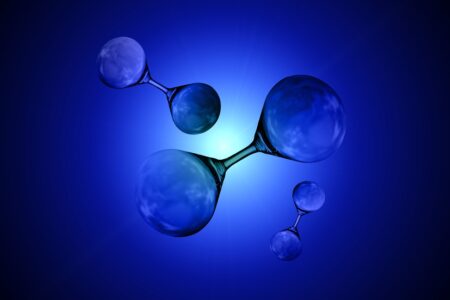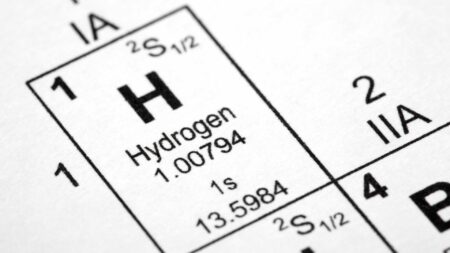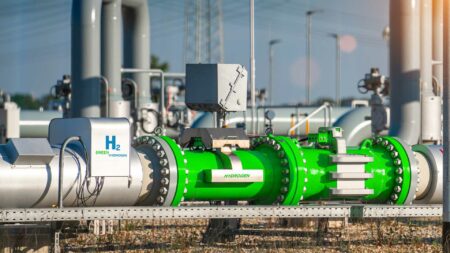ZeroAvia’s High Temperature Proton Exchange Membrane (HTPEM) devices tested with performance that broke records.
Early testing of the pressurized 20kW HTPEM stack power module at ZeroAvia’s UK research and development facility revealed a record 2.5 kW/kg specific power at the cell level, opening the door for 3+ kW/kg system level densities in the upcoming 24 months.
The patented technology at ZeroAvia was created during the previous three years as part of a focused effort to create an internal portfolio of vital fuel cell aviation technologies. Further research and development will produce over 3kW/kg of fuel cell system specific power, enabling a step improvement in performance compared to conventional fuel cell technologies and making fuel cell propulsion commercially viable for big aircraft. In particular, ZeroAvia’s ZA2000 powertrain for 40–80 seat aircraft, as well as a variety of rotorcraft and eVTOL applications, will be supported by the HTPEM systems and will be ideal candidates for such support. For single-aisle turbofan aircraft with 100+ seats, like the Boeing 737 and Airbus A320, electric propulsion systems may also be possible with this next generation of fuel cells.
The ZeroAvia system’s components have already undergone independent third-party testing at a number of different independent labs, including a prestigious U.S. Department of Energy national lab. Testing has proven that HTPEM systems have the potential to hasten the creation of huge hydrogen-electric powertrains for large aircraft.
In order to enable a commercially viable payload and range, HTPEM technology decreases cooling drag and eliminates a number of fuel cell system components. Besides providing higher durability, ZeroAvia’s HTPEM can help airlines further cut operating expenses.
Recently, there has been a noticeable increase in interest in hydrogen aircraft. While hydrogen combustion engines are being developed to eliminate carbon emissions from flight, they come with a heavy environmental cost that keeps or worsens aviation’s non-CO2 impact on the climate. According to a paper by EASA, these non-CO2 effects are estimated to have twice the climate impact of carbon emissions alone. Further enhancing the economics of hydrogen-electric propulsion is the non-combustion, hydrogen-electric method, which minimizes the high material stresses present in contemporary combustion engines.
A portion of the funding for ZeroAvia’s development of the HTPEM systems comes from the HyFlyer II project, which is financed by the UK government through the Aerospace Technology Institute (ATI).








